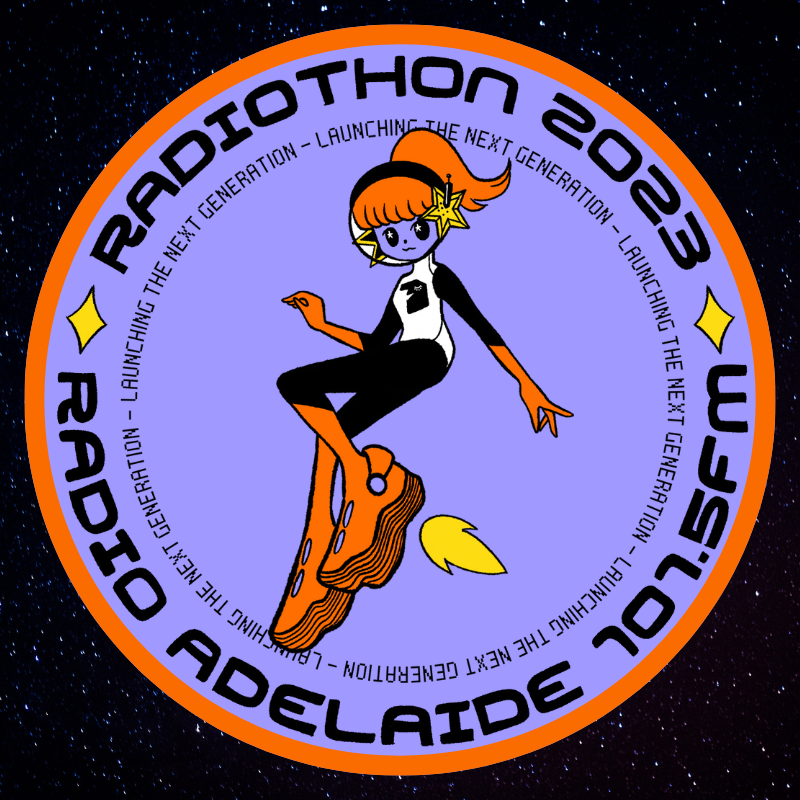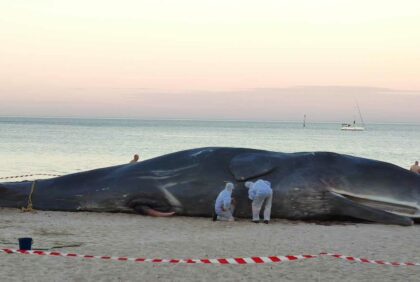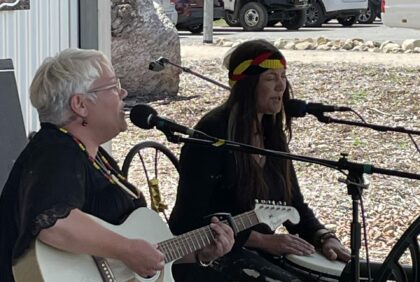Deep Sea Snot Bubbles Sequestering CO2
Posted on: Thu 11 Jun 2020

Giant Larvacaea are a unique kind of deep-sea invertebrate which form snot palaces that have been found to sequester carbon dioxide from the atmosphere.
And snake eels have been found to burst from predator’s stomachs – à la Alien (1979).
But if you’re needing inspiration for your quarantine, the original manuscript for Isaac Newton’s unconventional flu cure is going to auction.
To elaborate on these interesting updates from the science sector, Ben Lewis, producer for Australia’s Science Channel, joins Breakfast’s Tom Mann and Zoe Kounadis.
Image sourced: Monterey Bay Aquarium Research Institute














